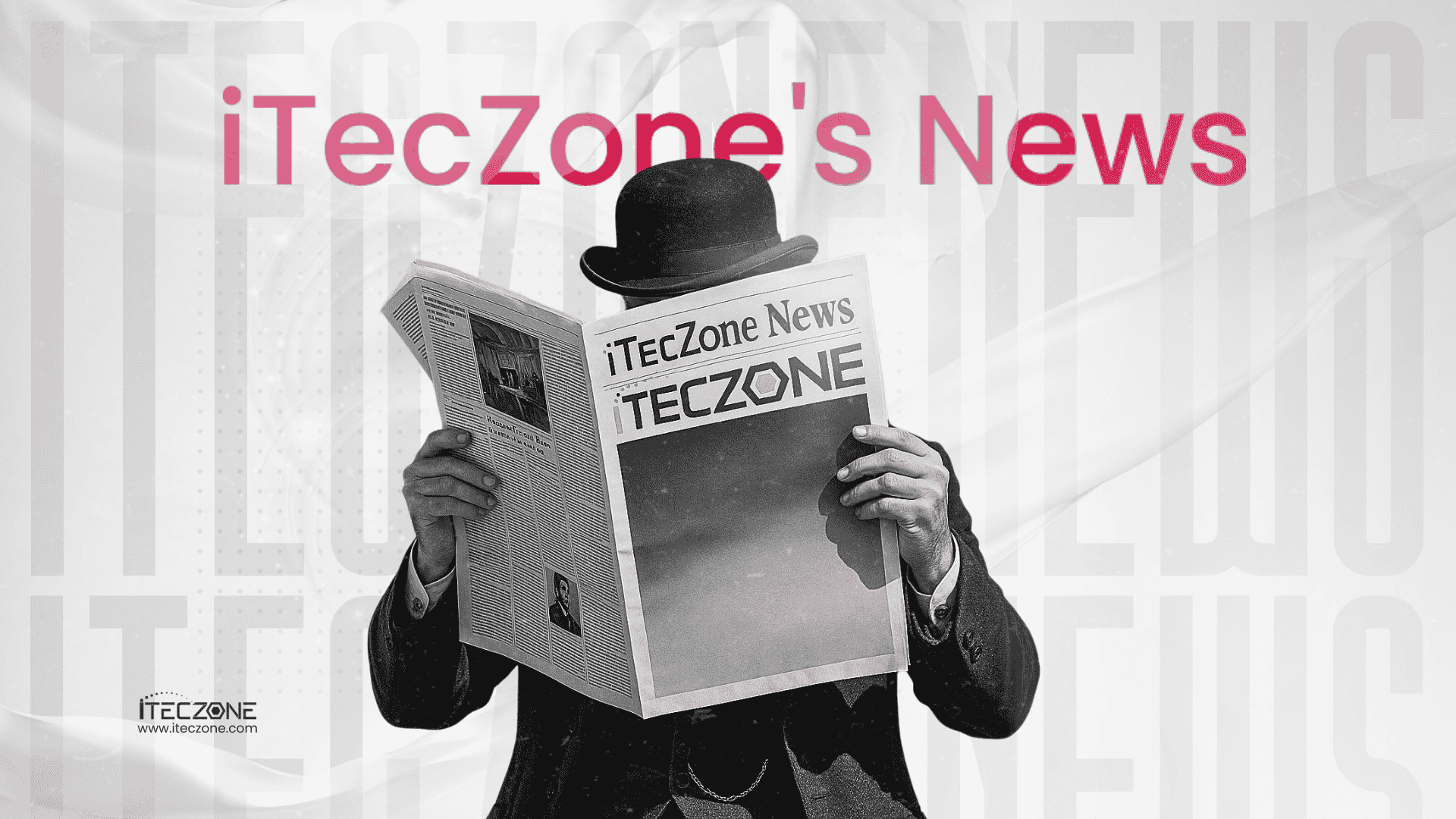The ability to predict the future of your stock is vital. Businesses must balance inventory levels with customer needs. This requires great skill in inventory forecasting and demand planning. Success depends on predicting what customers will buy and when they will buy it. Effective inventory forecasting and demand planning minimizes costs and prevents lost sales.
Why Demand Planning is Crucial for Modern Business
Modern supply chains are complex and move very quickly. Simply reacting to orders is no longer a viable option. A strong demand planning process builds resilience and agility. This strategic process ensures you meet customer demand without excess stock. Good planning directly improves your business cash flow. It supports better decision-making across the entire company.
The Shift to AI-Powered Forecasting
Traditional methods of prediction are quickly becoming outdated. Today’s market moves too fast for simple spreadsheet analysis. The future of prediction lies in AI-based demand forecasting. This new technology analyzes huge amounts of data in real-time. It considers seasonal shifts and external market factors. AI delivers a level of accuracy that was previously impossible to achieve.
Key Best Practices for 2025
Achieving excellence in 2025 requires adopting new, smart practices.
1. Leverage Inventory Optimization Software
The right tools are essential for managing modern stock. Dedicated inventory optimization software streamlines complex calculations. It automatically sets reorder points and safety stock levels. This software integrates data from sales, marketing, and warehousing. It ensures all departments work from the same accurate numbers.
2. Integrate Data for Better Visibility
Your forecasting is only as good as your source data. Break down the communication silos within your business. Integrate all sales history, supplier lead times, and promotional plans. This unified view drastically improves the overall accuracy. It gives your supply chain forecasting team a complete picture.
3. Move Beyond Basic Spreadsheets
For serious growth, you must invest in professional tools. You need dedicated forecasting tools for businesses that leverage machine learning. These advanced tools offer scenario planning capabilities. They let you test the impact of promotions or supply delays easily. This helps mitigate risk and prepare for unexpected events.
4. Implement Continuous Review Cycles
The demand planning process is not a one-time task. It requires constant monitoring and adjustment. Review your forecasts against actual sales every week or month. Identify where your predictions were inaccurate and why. Use this feedback to continuously refine your models and inputs. This iterative approach boosts accuracy over time.
Partner with the Right Experts for Implementation
Understanding these best practices is just the first step. Implementing new software and processes requires expertise. Integrating systems like Zoho Inventory with advanced inventory optimization software can be challenging. You need a trusted partner who knows the ecosystem inside and out. With iTecZone as a certified Zoho partner and a team of experienced developers, you can access top-tier services for all Zoho applications. This is why iTecZone is the perfect choice as your Zoho Consultant Partner.
FAQ’s
Q: What is the main difference between demand planning and forecasting?
A: Demand forecasting is predicting future customer demand. Demand planning is the strategic process. It uses the forecast to create plans for inventory and production.
Q: How does AI-based demand forecasting improve accuracy?
A: AI-based demand forecasting analyzes many data points simultaneously. This includes historical sales, weather, and competitor activity. It learns and adapts over time to deliver more precise predictions.
Q: How often should I update my supply chain forecasting model?
A: Most businesses should update their models at least monthly. Fast-moving industries benefit from weekly or even daily adjustments. This is where modern forecasting tools for businesses shine.
Q: What is inventory optimization software used for?
A: Inventory optimization software helps maintain the perfect stock level. It calculates the optimal amount to order and when to order it. This prevents stockouts and reduces costly overstocking situations.
Q: Can small businesses benefit from a formal demand planning process?
A: Absolutely, yes. Every business benefits from smart planning. A formal demand planning process prevents poor purchasing decisions. It helps manage cash flow effectively from the very beginning.




